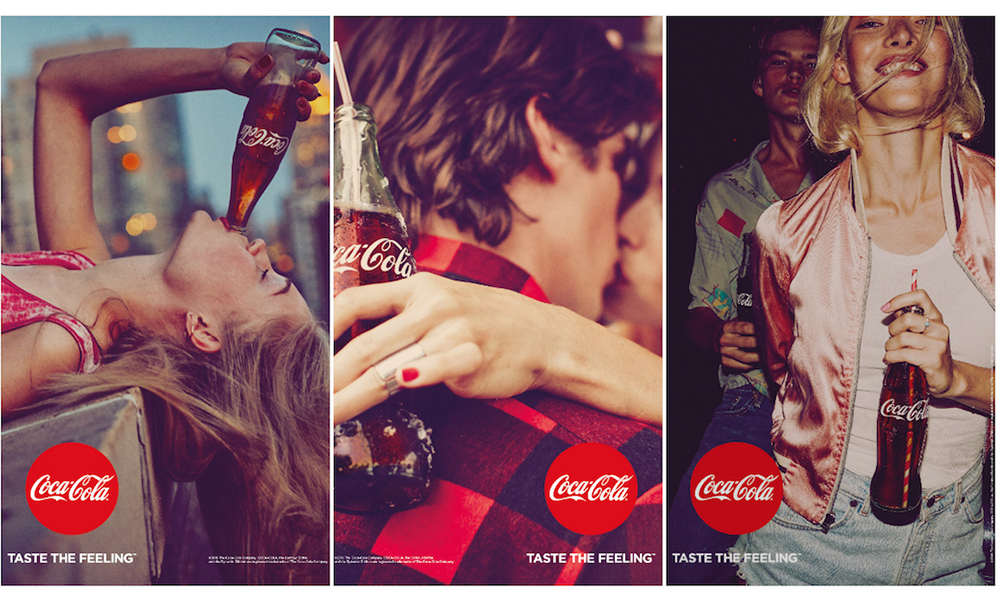- The routine stage: This is when we simply use certain brands or products as part of our daily habits or rituals. These are the products that we buy regularly and replace or replenish whenever they break or run out. They are essential to our everyday functioning
- The dream stage: Here, we buy things not because we need them but because we’ve allowed emotional signals about them to penetrate our brains.
How To Get People Hooked On Your Brand
One model that makes people get hooked
on brands happens in two stages:
We slip into the dream stage when we’ve
let our guard down, when we are relaxed.
According to a former Phillip Morrison
executive, that’s when a real attachment to a brand happens to take
root. Here’s how it happens. During a brief respite from the
routine stage, or “work mode”, we feel more relaxed, less
inhibited, and more open to trying new drinks, new clothes, new
cosmetics, new foods. Pretty soon, we’ve subconsciously linked the
good memories or pleasant emotions of the dream stage with the taste
of that new cocktail or the feel of that new face cream against our
skin. So once the dream is over, we try to ‘reactivate’ this
feeling by integrating those brands and products into our daily
routines. And once something is part of our routine, it becomes
almost impossible to shake.
This is why most beverage brands are so
ubiquitously present at music festivals and concerts. Red bull, for
example, got its start by distributing free caseloads of the stuff at
cool “hangouts” like malls & surfing shops, where teens and
college kids tend to gather to escape the mundane routines of their
everyday lives. The company knew that if it caught these kids in
their dream stage, once Monday rolled out and went back to normal
routines, they would associate red bull with the care free feeling of
hanging out at the surf shop.
But this doesn’t work every time. In
order for a product to truly take root, its makers have to imbue it
with some addictive- whether physically or psychologically-
qualities.
The secret ingredient behind most top
food & beverage brands is craving. At Coca-Cola, marketing
executives spend hours discussing how many bubbles they should
feature in their print ads and in-store refrigerators.. Realizing how
much craving bubbles generate- they make us think of that cool
refreshing feeling of carbonation hitting our palates. Some
executives actually come up with a model for how many bubbles they
need to trigger our cravings.





















0 comments:
Post a Comment